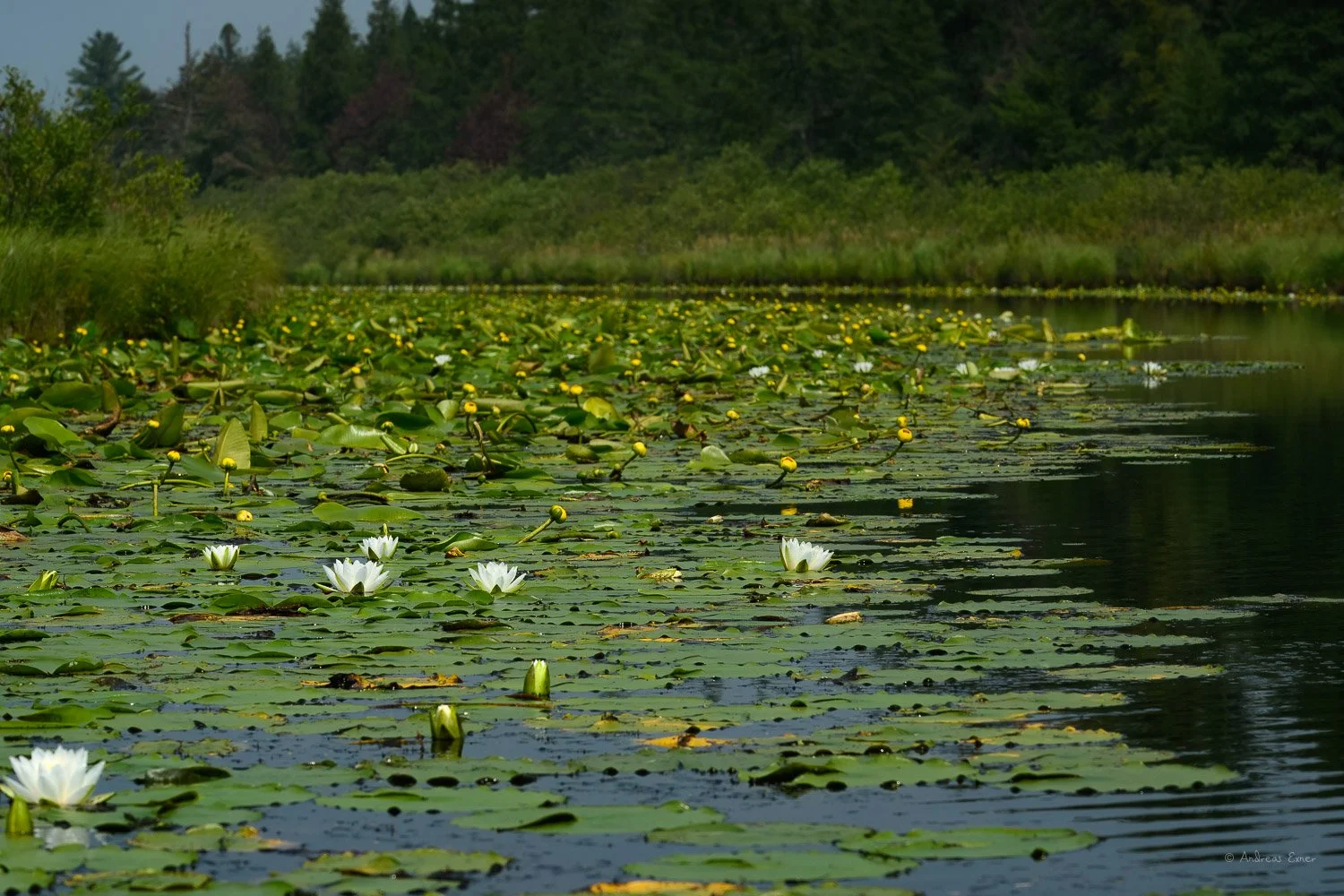The whole week we had these wonderful puffy clouds here in the Mississippi Valley. Unfortunately they dissolve before the day ends. I thought it is worth a try to drive down already early afternoon today to the Green Island Wetlands, one of my favorite wildlife spots as the avid reader of my blog already knows.
I wanted to come back with some black and white images that tell the story about the landscape of the Green Island Wildlife Management area and maybe an idea what the clouds can do to enhance it. To get already a good preview into my mind how the final picture would look, I set the camera to monochrome mode and with a red filter setting applied, simulating the same way I would have photographed this scene back in the days of film. As I shoot always in RAW mode all the color information is still embedded in the file and it still allows me to tweak a certain color in post process for the final outcome.
How much impact clouds can have to emphasize a certain landscape can be comprehended by studying the work of Ansel Adams or Clyde Butcher. I admire the photography of Ansel Adams since a long time but discovered Clyde Butcher only a couple years ago through the book ”Seeing the Light” by Tom Shroder and John Barry. What an amazing life story and mesmerizing photography! I follow the Instagram posts of this renowned black and white photographer, humanitarian, and environmentalist, but if you like to just have a look, go to his website clydebutcher.com . Highly recommended!

